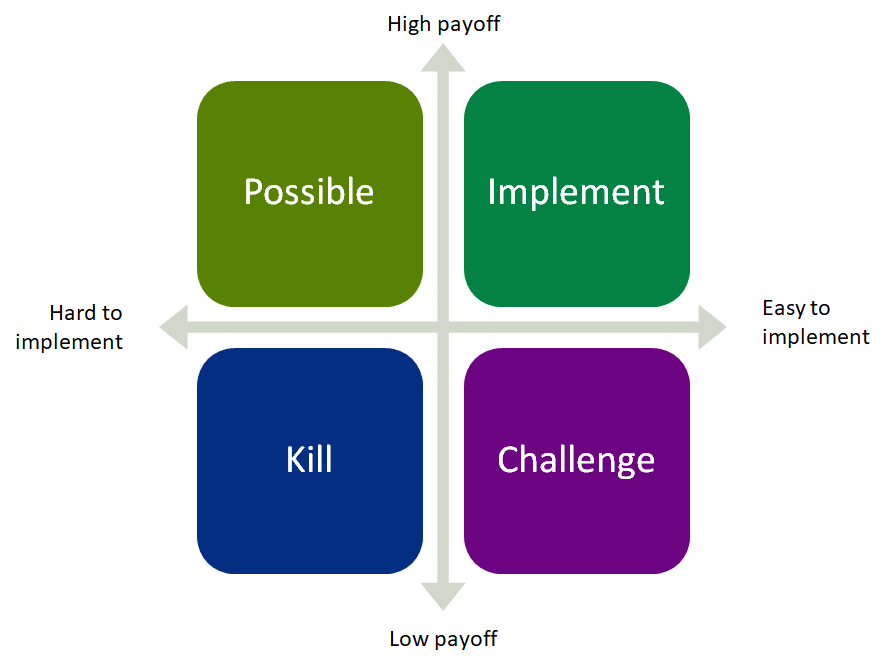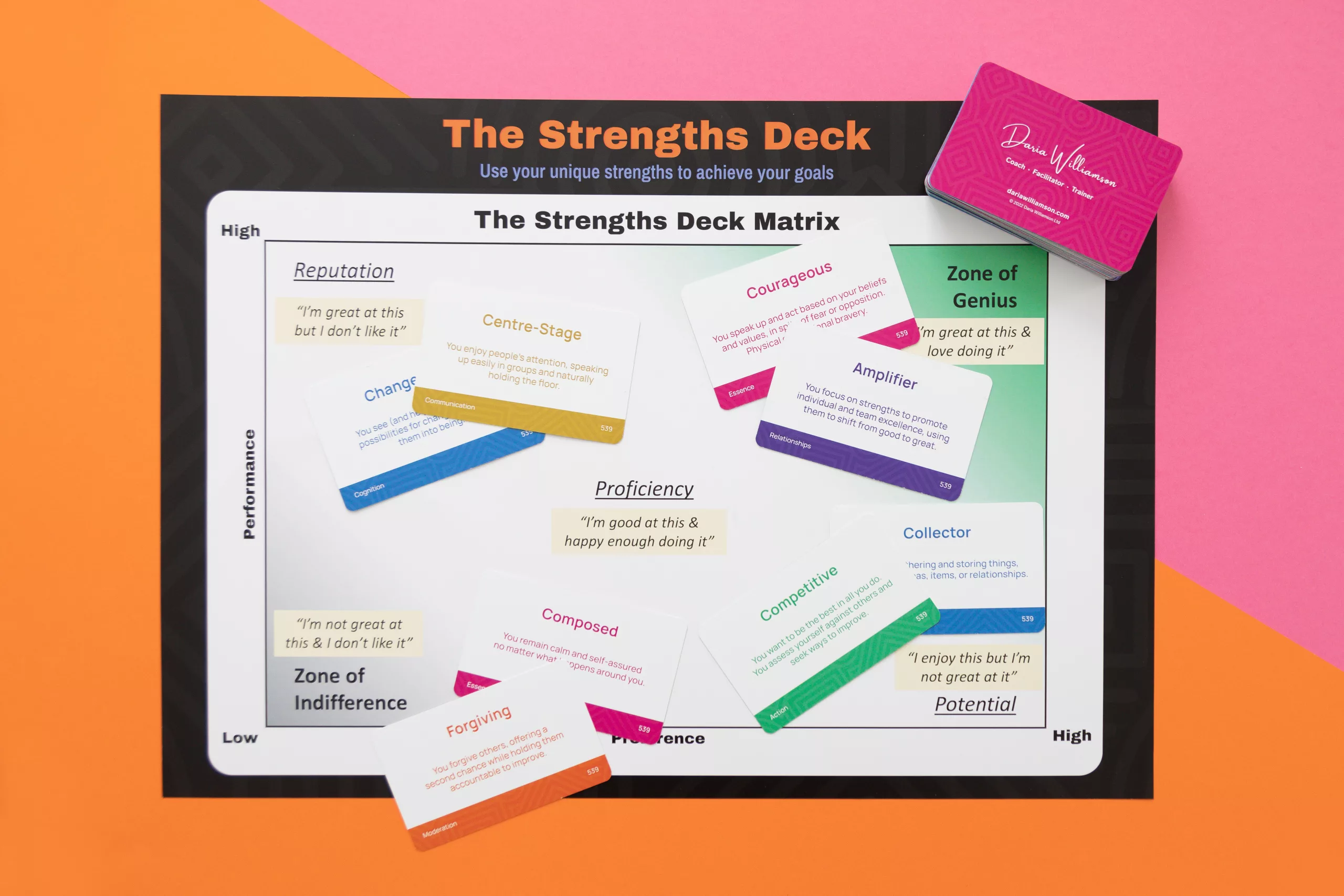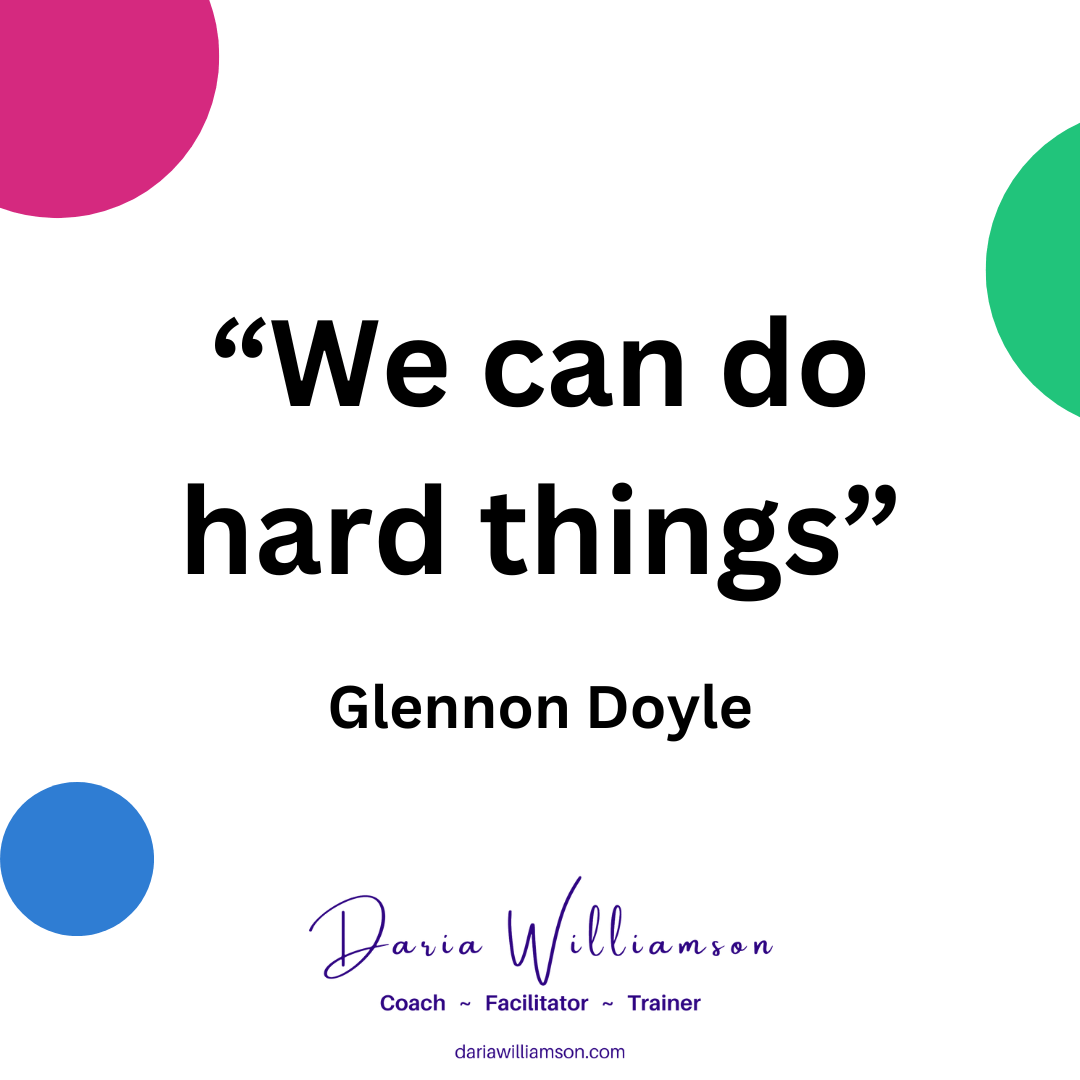It’s one thing to have a bunch of great ideas, it’s entirely another to turn those ideas into great results. The first step in the process is to prioritise your ideas. We start by considering the importance of prioritising your great ideas and then look at some tools for helping you to do so.
Why it's so important to prioritise your ideas
Not all ideas are created equal. Even ideas that are objectively brilliant aren’t necessarily “great” right now, if you don’t have the time, resources, expertise or capability to implement them. And sometimes we need to start with a few less-than-great ideas to build a foundation to hold our great ideas when it comes time to put them into action.
And it’s not just about time, resources and abilities. Sometimes you need to win over the doubters. Or perhaps you need to play the long game to ensure you get the right support from the right people at the right time. Prioritising your ideas can help you win the support you need, as you secure some quick wins to build confidence.
Sort before you prioritise
Prioritising your great ideas will be much easier if you sort through them first. We start with sorting because we need to know what is important in your particular context, and what is likely to work well.
It’s no good making something your Number One priority if it is going to be all-but-impossible to execute.
One of the most straightforward and widely-used ways to sort ideas is to use a 2 x 2 matrix.
The 2 x 2 matrix (aka four blocker or magic quadrant)
There are many variants of the 2 x 2 matrix. They set up the two dimensions as factors that can be present or absent, giving a total of four outcomes. They can be a really useful high-level tool for sorting ideas at the start of a decision-making process.
One that I find works well with most groups uses the dimensions of ease of implementation and size of potential impact.
You get to define “ease of implementation” in a way that makes sense in your context. Common factors include approval requirements, time, resources, cost, current skills, availability of infrastructure etc.
And you also get to define “size of potential impact”. It might be how it would affect your customers, job, team, department, or your whole organisation.
To make it easy to remember what decision goes with each quadrant, I use the acronym “PICK” (which stands for Possible, Implement, Challenge and Kill).

How to sort ideas using a 2 x 2 matrix
Gather all of your ideas, and people, together. Make sure you’ve got each idea written up on individual sticky notes so you can work with them in the session.
Put some butcher paper up on the wall, or grab a large whiteboard, and divide it into four, like the image above.
Now, sort the ideas into the four quadrants. There’s usually general agreement about most ideas. For any that are tricky, you might need to discuss further, or even take a vote.
Possible
Where an idea is hard to implement, but has a high potential payoff, put it in the ‘Possible’ quadrant. You don’t want to make these the highest priority (because they aren’t easy to do). But they are still great ideas (because they are likely to produce great results).
In fact, once you’ve tackled the quick wins from the ‘Implement’ pile (see below), repeat the 2 x 2 matrix. You’ll usually find that a number of ‘Possible’ ideas will move to the ‘Implement’ quadrant. That’s because your improvements have made them easier to implement.
Implement
If an idea is easy to implement with a high potential payoff, put it straight into the ‘Implement’ quadrant. These ideas are your “quick wins”, or “low-hanging fruit”.
You want to put these at the top of your list. They’re going to give you bang for your buck: great results without too much effort or resources.
They’ll build momentum and excitement, because people will see results coming through quickly. That can also really help your credibility if you need to win over some doubters.
Challenge
Where an idea is easy to implement, but has a low potential payoff, put it in the ‘Challenge’ quadrant. These are ideas aren’t necessarily a hard “no”, but you don’t want to make these your top priority. They are worth revisiting in the future, especially once you’ve got your quick-wins in place.
With these ideas, “challenge” yourself and your team to get the ideas up into the ‘Implement’ quadrant. You do this by finding ways to boost their payoff. It may be that some of the ideas already in the ‘Implement’ will help you with this, so be sure to revisit the 2 x 2 exercise once you’ve gathered the low-hanging fruit.
Kill
Finally, where an idea is hard (or impossible) to implement, and has a low (or no) potential payoff, put it in the ‘Kill’ quadrant. If you try to implement these ideas, you’ll lose momentum, and possibly the goodwill of everyone involved.
There is a very small possibility that after multiple rounds of the 2 x 2 matrix exercise, a ‘Kill’ idea might move into the ‘Challenge’ or ‘Possible’ quadrants. That’s why it’s important to regularly revisit your thinking, to keep generating more great ideas, and then to move back through the process of turning ideas into results.
Just don’t bust your gut trying to turn these ones into ‘Implement’ ideas if you’ve still got solid opportunities in the other three quadrants.
How to prioritise your 'Implement' ideas
Once you’ve completed your 2 x 2 matrix sorting, start with your ‘Implement’ pile. Because they are lower effort with a higher potential payoff, they’re great ideas. And they’re most likely to produce great results in the near future.
But you aren’t just going to run straight out of the room and implement all of them in one go. You still need to prioritise them. Below are three simple ways to prioritise your ‘Implement’ ideas.
Repeat the 2 x 2 matrix with new characteristics
In this approach, you’ll choose two new characteristics, such as time and cost, or resources and skills, and set up a new 2 x 2 matrix. Make sure that you have the direction of the lines correct. For example, long time/high cost should be ‘Kill’, short time/low cost should be ‘Implement’, etc.
This might be enough to whittle the original ‘Implement’ list down to the top 2-3 ideas. Or, you might need to continue with one or more of the techniques below.
Voting
Decide on how many votes each person will have (usually 2-3). Allow each person to cast their votes for whichever idea(s) they believe should have priority.
It’s up to you whether to allow people to cast all their votes for one idea, or to allow only one vote per idea per person. Both approaches can be effective, so there’s no reason to choose one approach over the other.
You might go through several rounds of voting. For example, the first round could get you a shortlist of 5-6 ideas, and then you conduct another round of voting to narrow it down to the final 2-3 ideas.
Forced ranking
This approach can be great for breaking a deadlock if a number of ideas are tied. It’s also a really effective way of getting people to think about what is most important from their perspective.
Each person writes down the ideas in order from their most-preferred (#1) to least-preferred (#x). The ordering is then recorded against each idea on a central board.
The idea with the most number of #1 votes becomes top priority. Then, the idea with the next highest number of #1 votes (or the highest number of #2 votes if there aren’t many #1 votes left), then onto #3 and so forth.
How many is too many?
You’ll have noticed that, several times, I’ve mentioned having 2-3 ideas at the end of a prioritisation round. This comes from long experience in the continuous improvement game.
Capacity is one of the biggest barriers we face in trying to make changes. While our efforts will improve things in the long run, people need enough time and space for their “normal” work and life stuff while also implementing improvements.
Balancing implementation with "normal" work and life
You want to balance people’s workloads so that the pace is manageable. Ideally, you’ll reduce each person’s normal workload slightly to free them up for the improvement work. And you’ll build buffer time into the project plan so they can take their annual, sick or caring leave as necessary without derailing the project or harming their wellbeing.
My rule of thumb is to implement no more than three improvement ideas in a year.
How did I arrive at the "3 ideas in a year" rule of thumb?
Most changes, even minor ones, take 6-12 weeks to implement from start to finish, if you follow a disciplined improvement approach. If you’re tackling 2-3 ideas, that’s anywhere from 12 to 36 weeks to implement the changes.
And I’d recommend a few weeks buffer either side of each change. This gives you time up your sleeve if things don’t quite go to plan. And it gives the improvement team some breathing space before tackling the next challenge. That can add another 8-12 weeks into your improvement workplan – pretty quickly, you’re at 20 to 48 weeks in your improvement workplan.
If you try to cram many more improvements in, you risk overwhelming people and causing their wellbeing and work to suffer. Not to mention diluting the implementation efforts. That will have a flow-on impact on the effectiveness of your great ideas, leading to not-so-great results.
It’s better to limit the number of improvements you make in a year, so you have time to implement them properly, and look after people while doing so. This increases the likelihood of success by securing people’s commitment and trust, and ensures each change is properly embedded before the next one gets underway.
Prioritise prioritising
Time spent prioritising your ideas is seldom wasted. And just because an idea doesn’t make it to the top of the list this time doesn’t mean it isn’t a great idea.
It’s better to take a pragmatic approach and get some “runs on the board” with quick wins before tackling ideas that require more effort, resources and buy-in.
And if you plan well, the changes you make now will make future changes easier to accomplish.
Progress check
So far, I’ve published two articles in this series, ‘How to turn great ideas into great results’. They are:
- Why we struggle to get started
- Strategy 1: Prioritise (this article)
Stay tuned for the next article covering the second strategy for turning your great ideas into great results. You can keep an eye on the series page for new articles, or sign up to my weekly newsletter below to be the first in the know when a new article is published.
If you’d like to learn more about generating ideas, check out the companion to this series, ‘How to have great ideas‘. It has ten science-backed strategies to help you generate great ideas.

Resources
- The 2×2 matrix: how to be more systematic about the decisions you make – UX Collective
- 2×2 Matrix: Opposing Characteristics Framework – Managment Consulted
- What is a 2×2 Matrix? – Lucid Meetings
- Idea Prioritization – How to Succeed? – Viima.com
- The “Everything is Important” paradox: 9 practical methods for how to prioritize your work (and time) – RescueTime






2 thoughts on “Great results: Strategy 1 – prioritise”
Pingback: How to turn great ideas into great results: Strategy 2 – align your actions to your vision ~ 2021 ~ Daria Williamson
Pingback: How to turn great ideas into great results: Strategy 3 – experiment ~ Daria Williamson
Comments are closed.